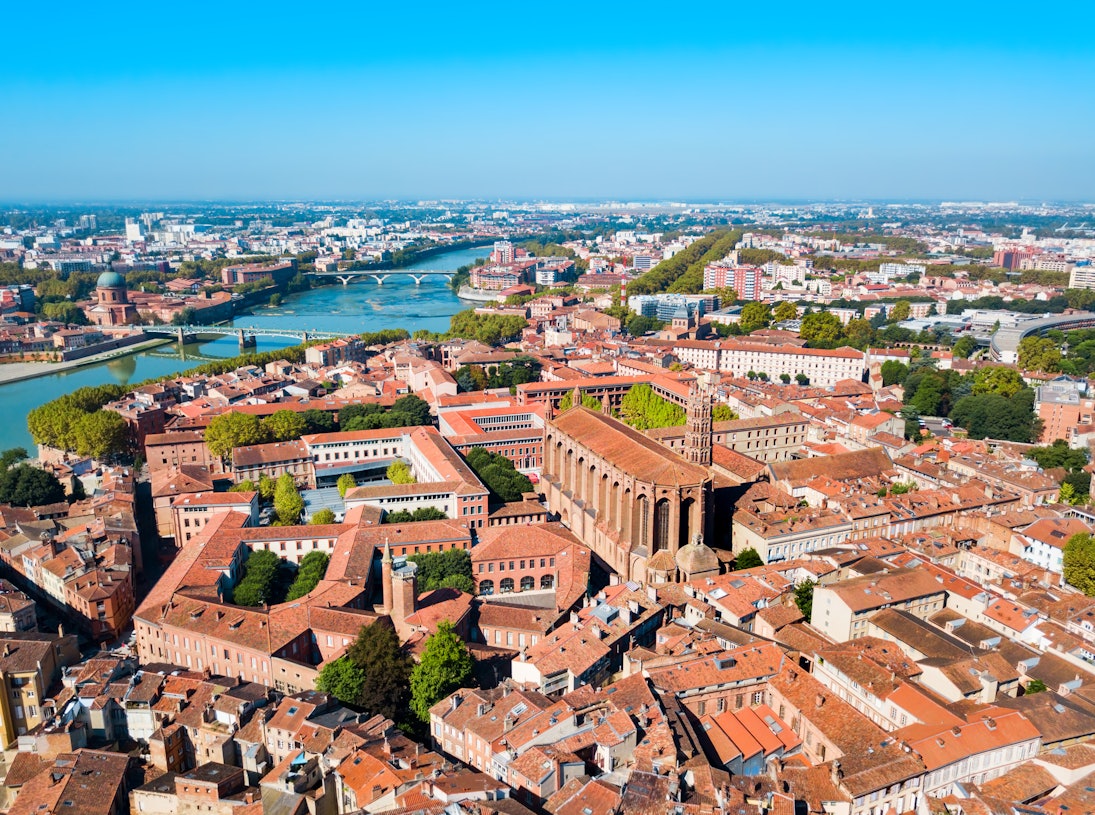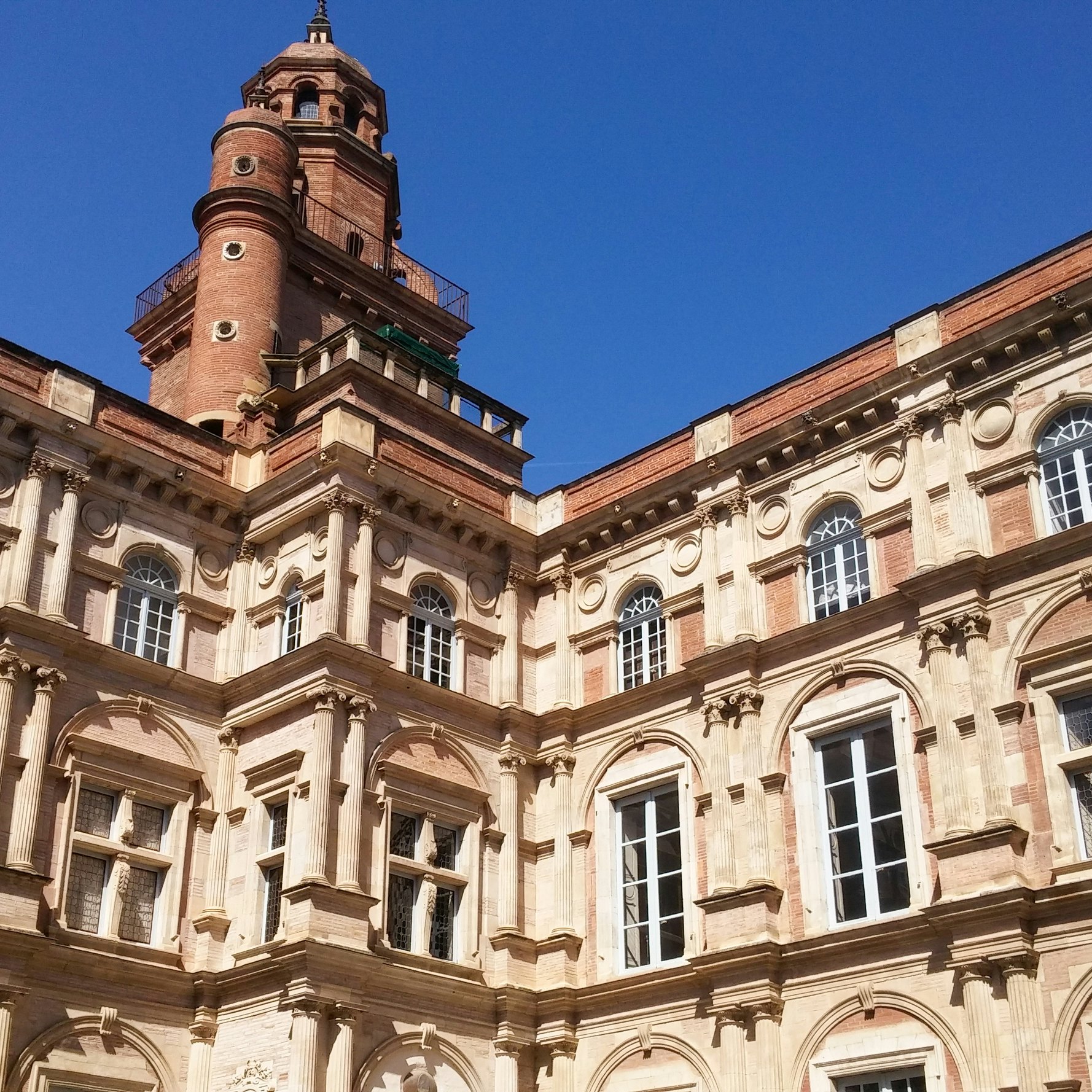
Overview
Ochre rooftops and blushing brick churches earned Toulouse the nickname ‘La Ville Rose’ (The Pink City). Its enchanting Vieux Quartier (Old Quarter) is a dreamy jumble of coral-coloured shopfronts and churches. Beyond the old town, Toulouse sprawls into France’s fourth-largest metropolis. It’s an animated, hectic place, but Toulouse – nestled between a bend in the Garonne River and the mighty Canal du Midi – is invigorated by its waterways.
Leave the planning to a local expert
Experience the real Toulouse. Let a local expert handle the planning for you.
Must-see attractions
Planning Tools
Expert guidance to help you plan your trip
Best Things to Do
This dynamic student city offers exciting art, hearty cuisine, boat trips and urban beaches – only a few of the best things to do in Toulouse.
Read full article
Best Time to Visit
There’s always something fabulous to discover in this gem of Southwest France. Here’s when to plan your visit.
Read full article
Free Things to Do
France's Pink City, Toulouse, features peach-tiled rooftops, marvelous river views and fascinating historical sites. Here are the best free things.
Read full article
Day Trips
From walking in the Pyrenees to a day on the Mediterranean coast as well as cycling, winery and safari tours, Toulouse is a great base for a day trip.
Read full article
Get a book. Get inspired. Get exploring.
in partnership with getyourguide
















